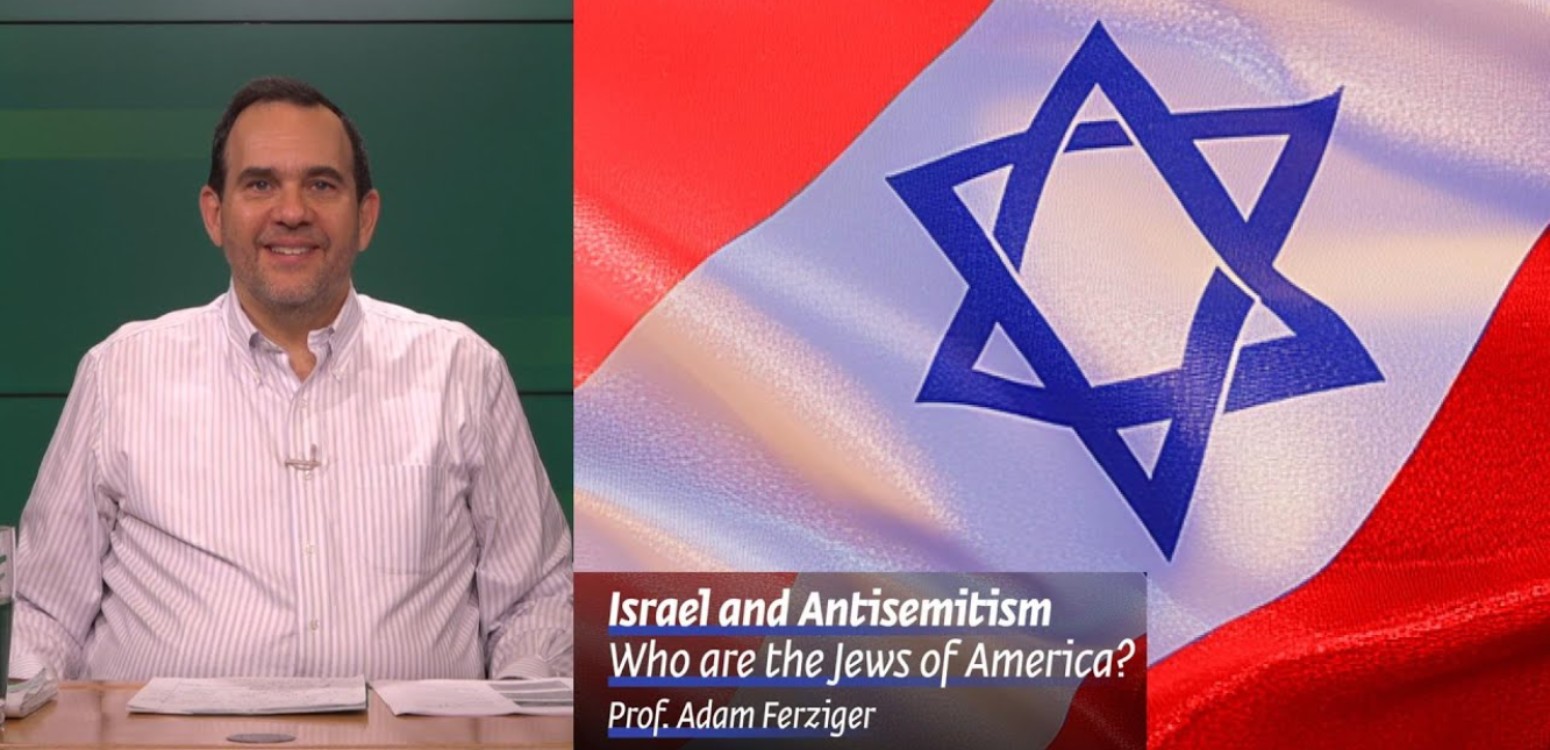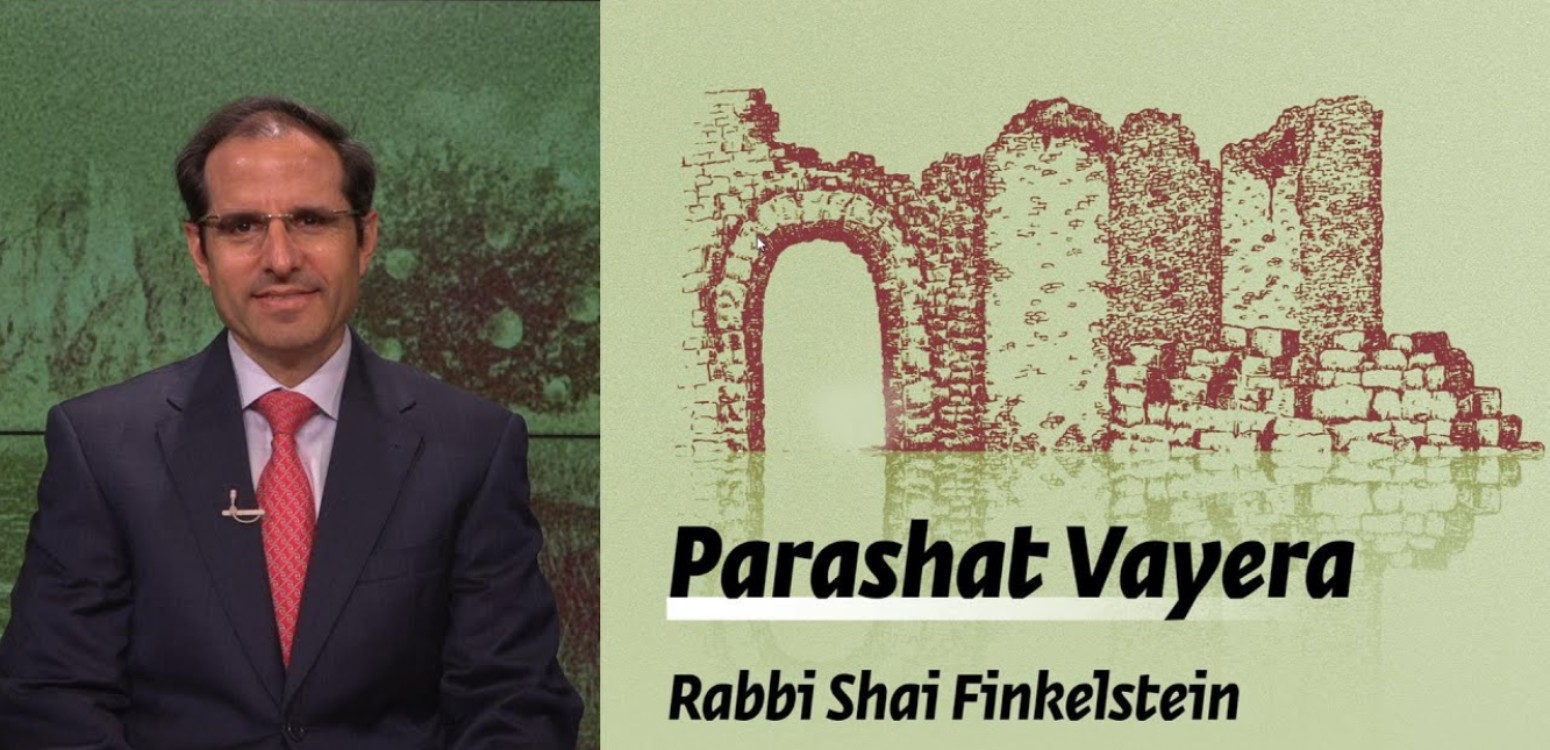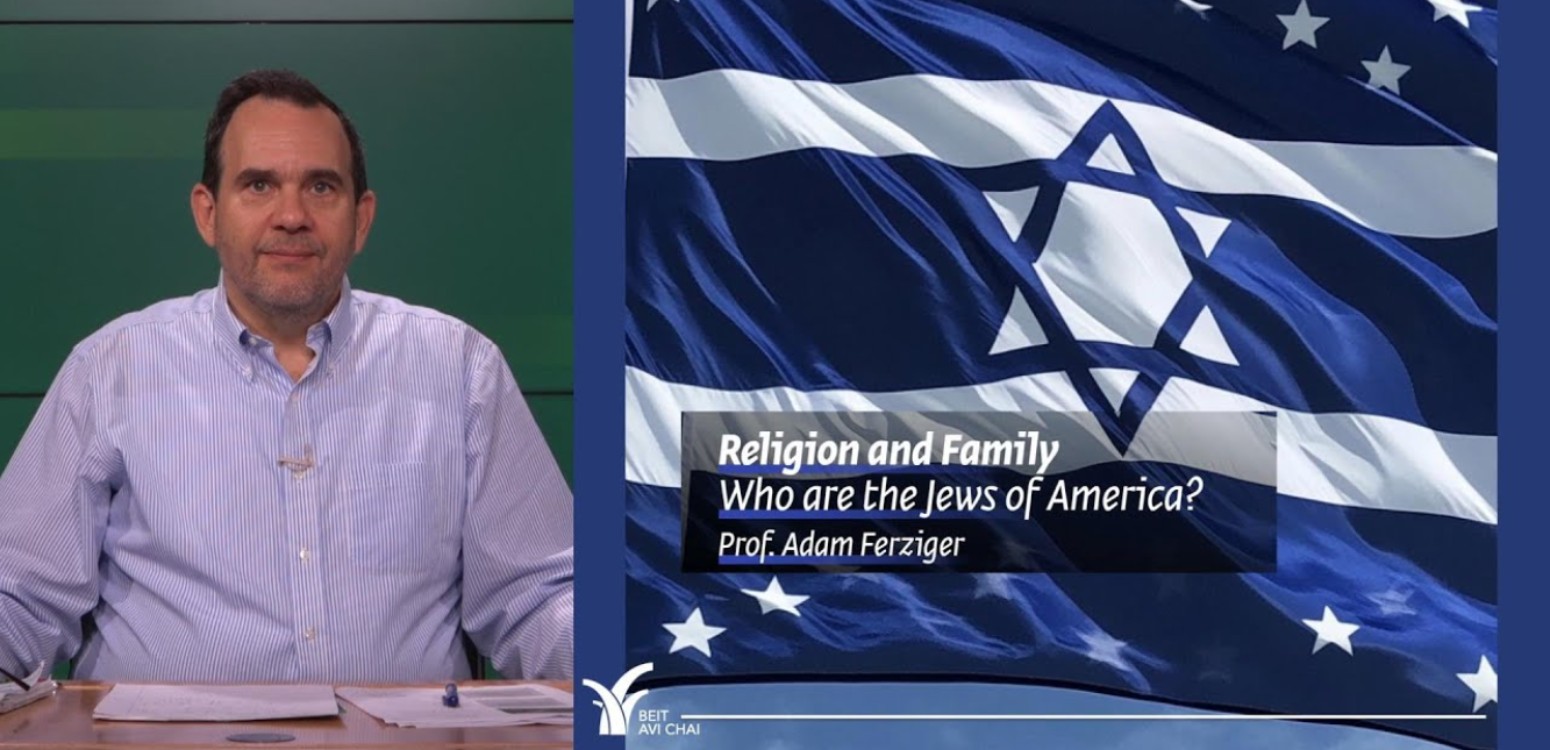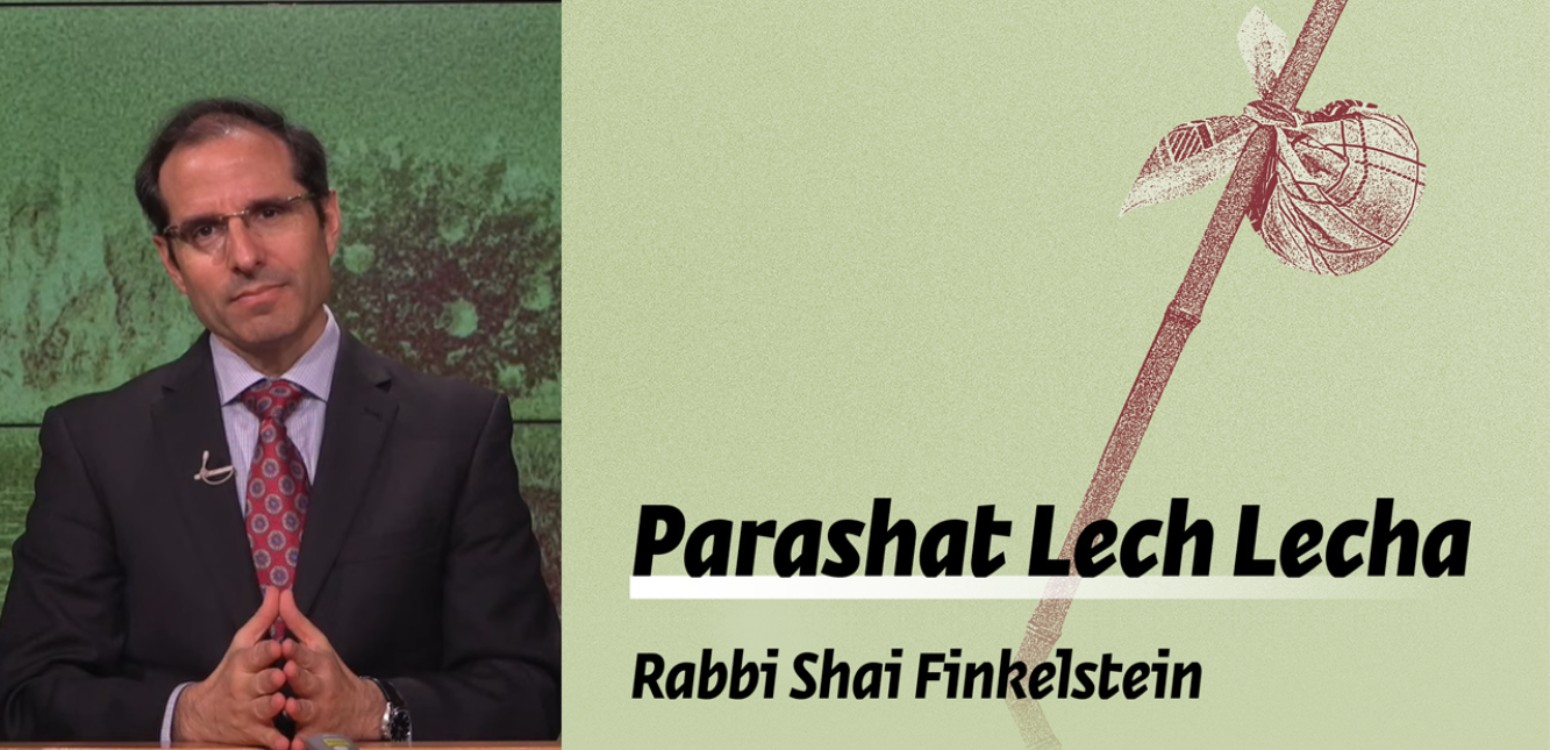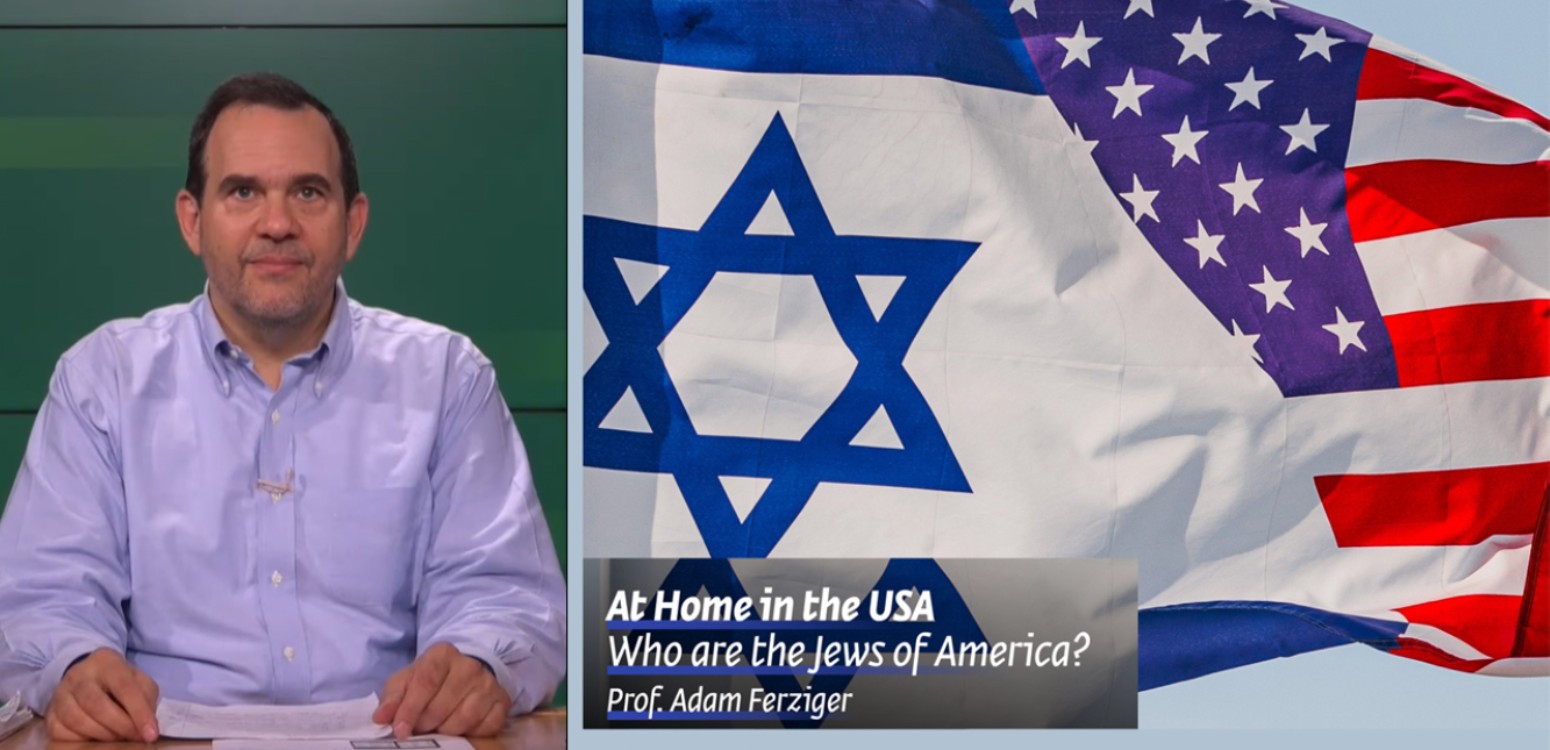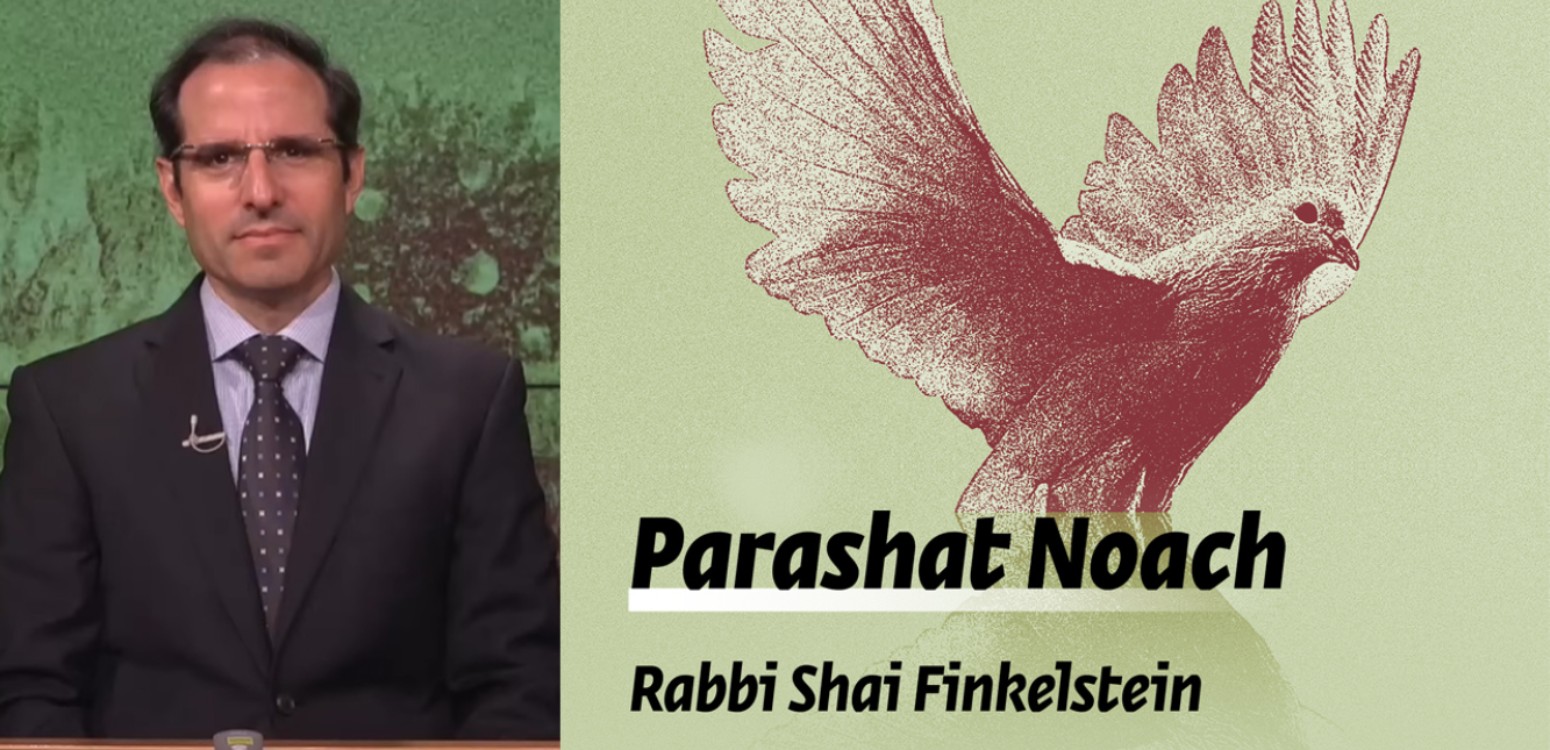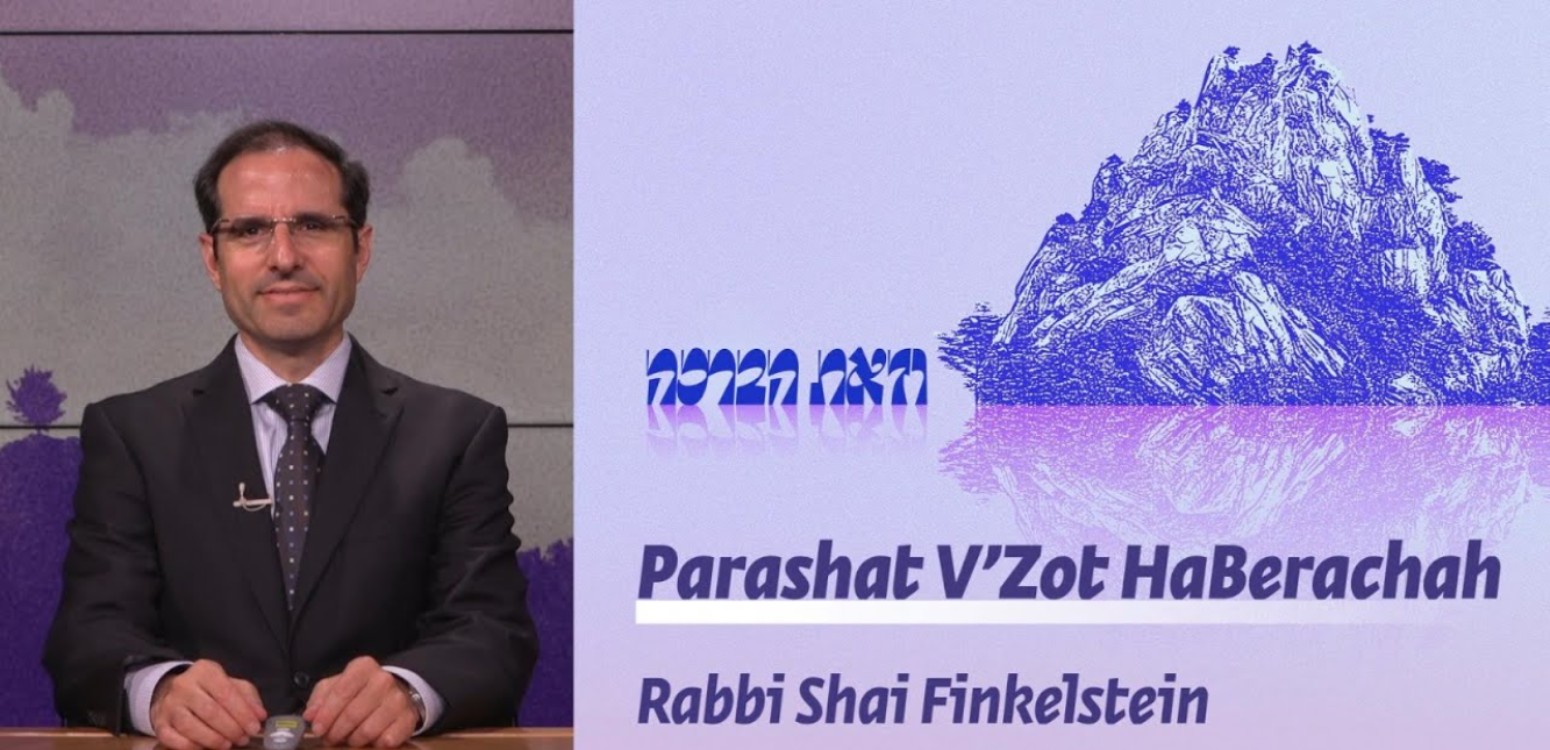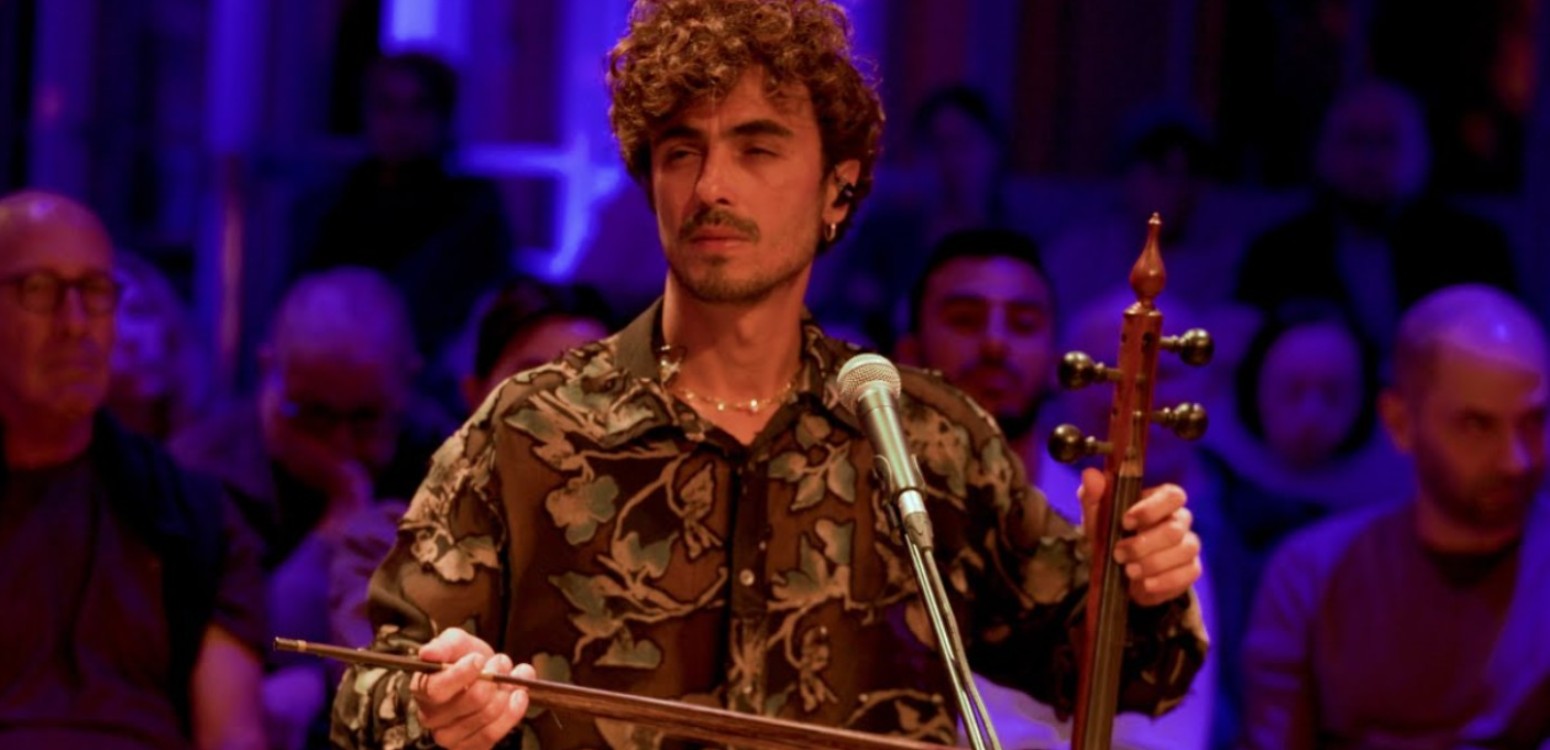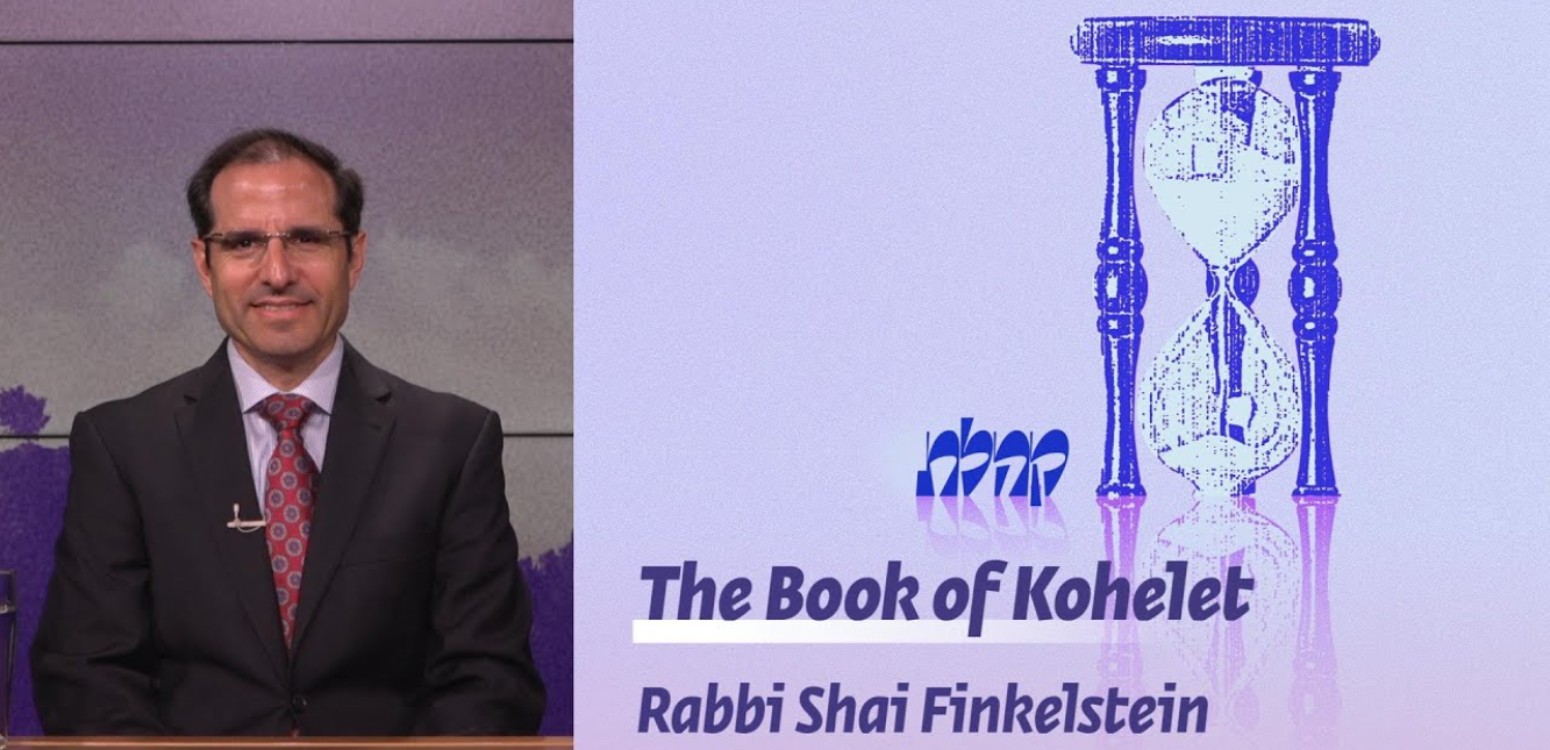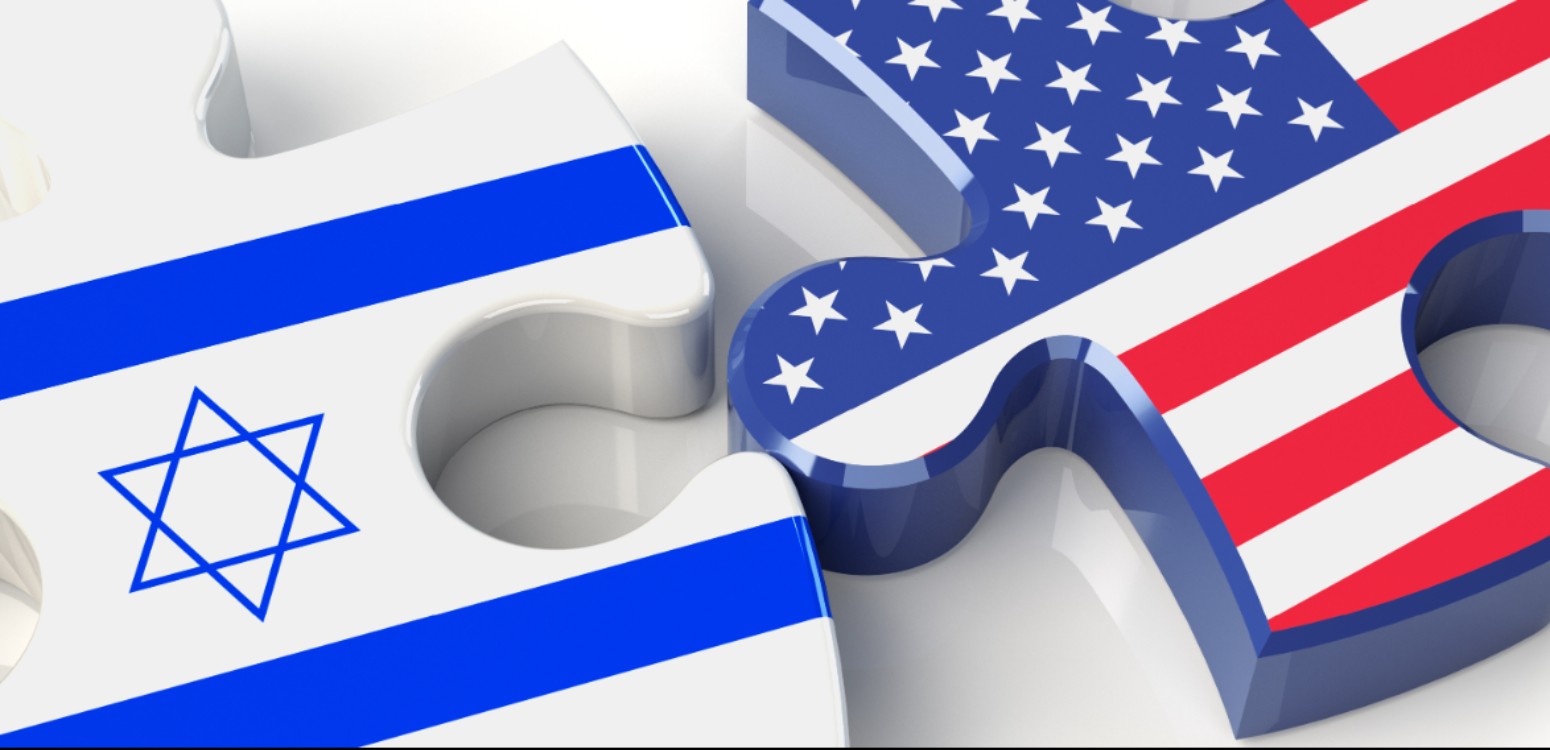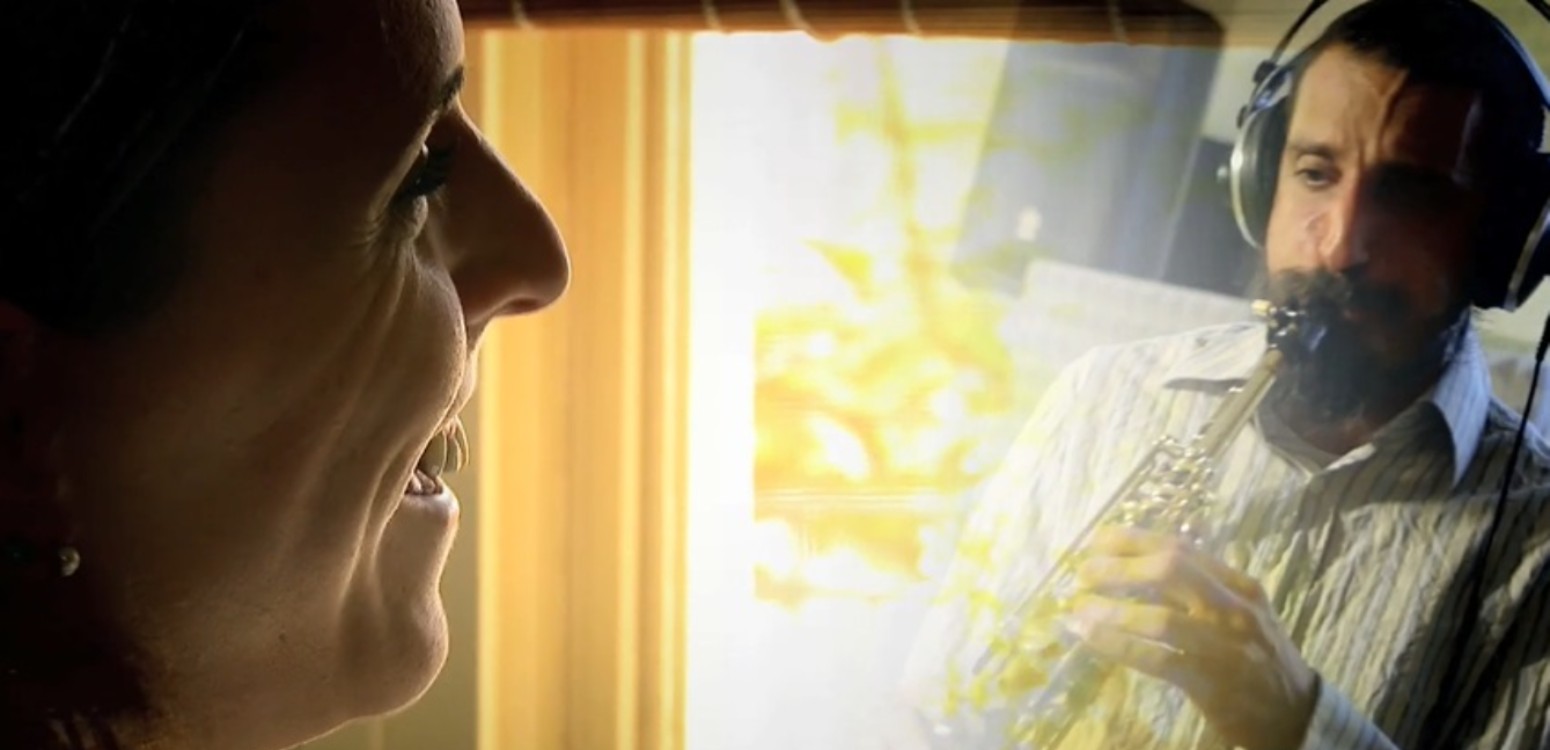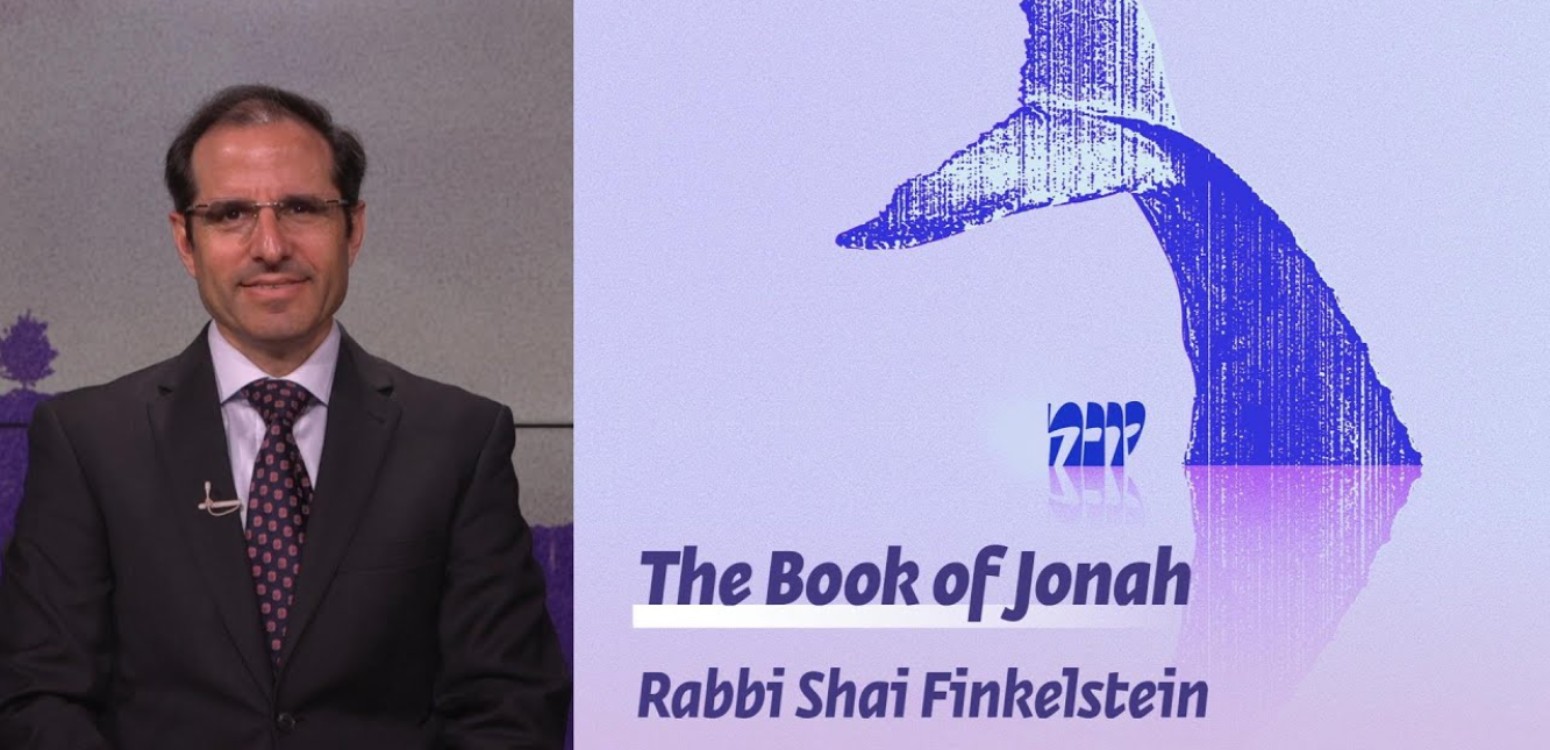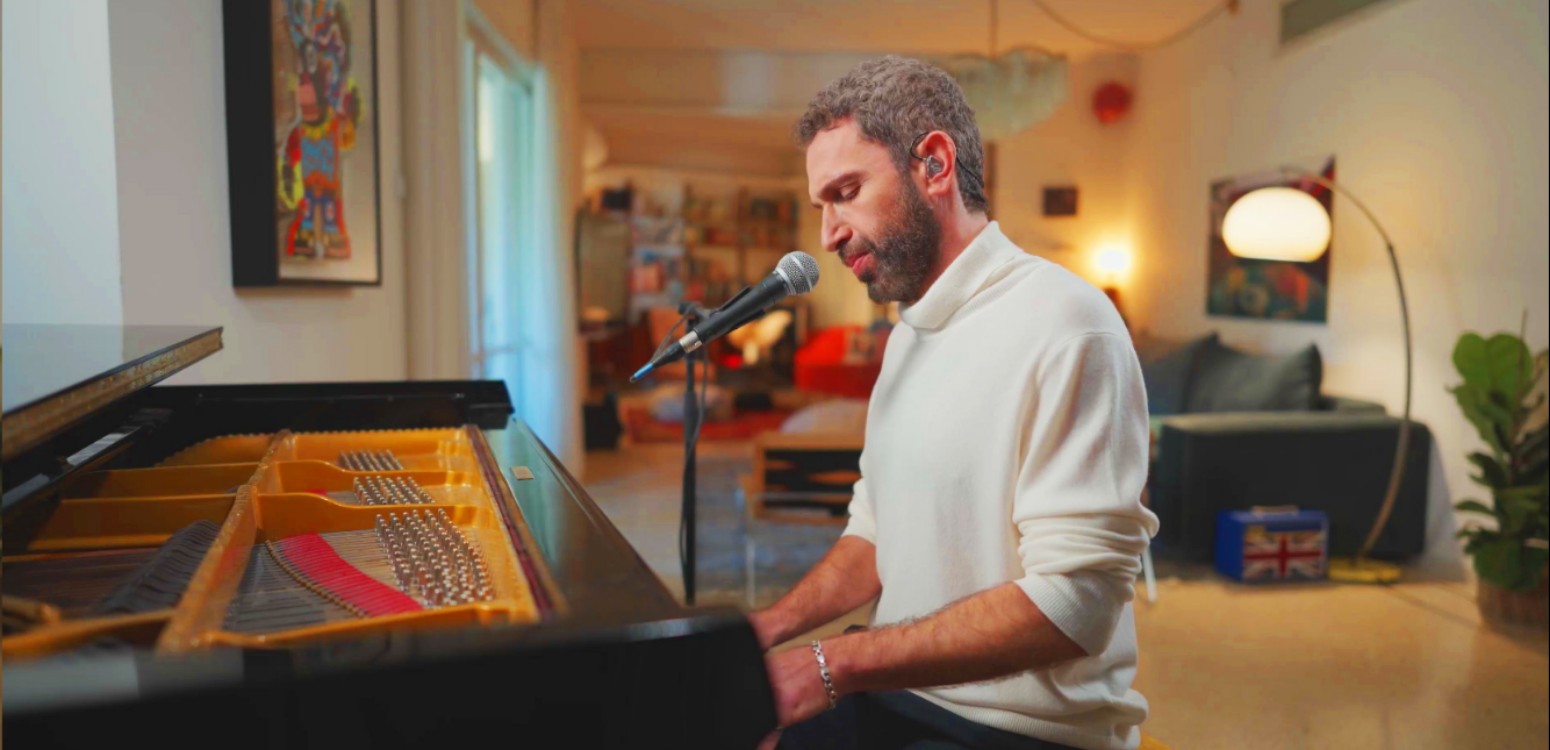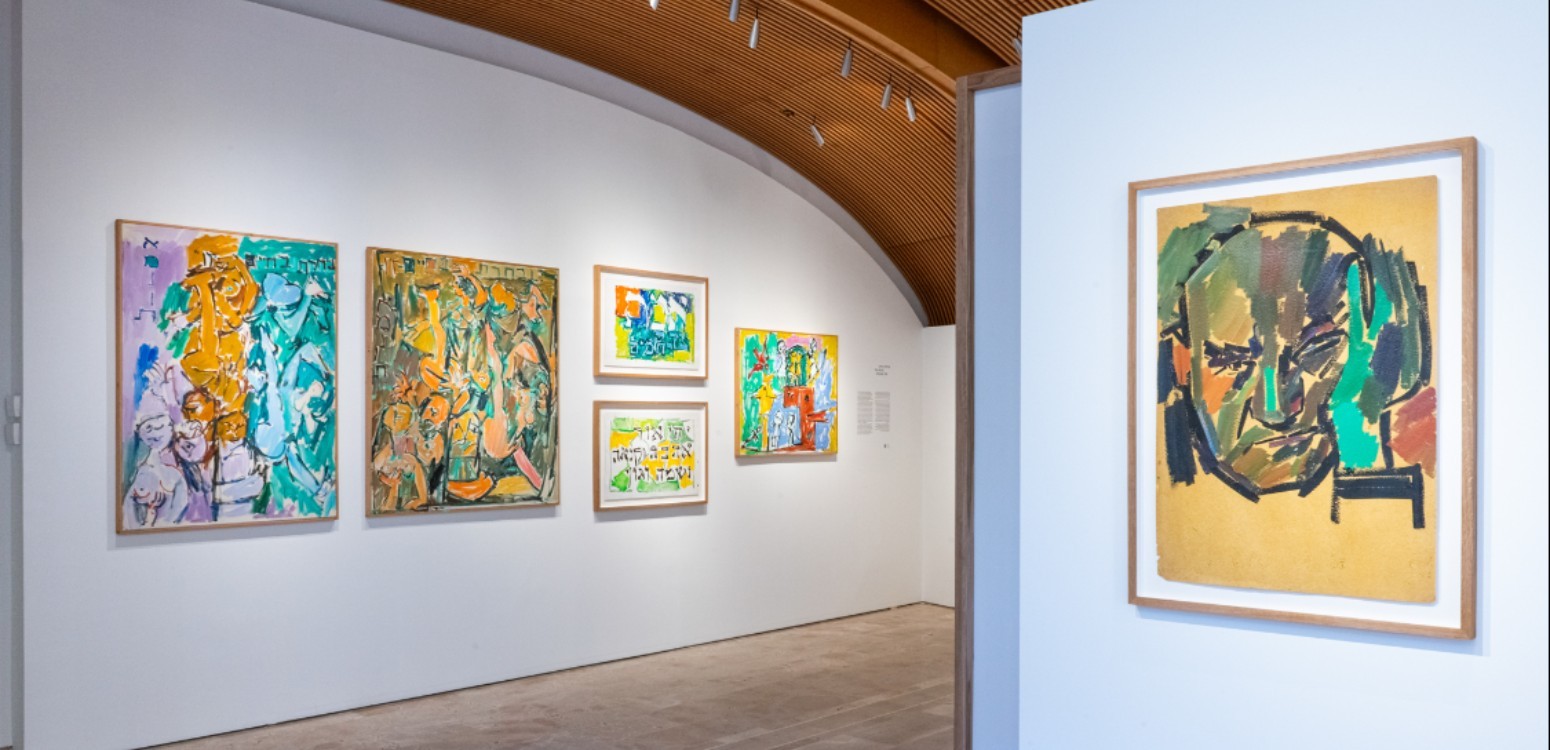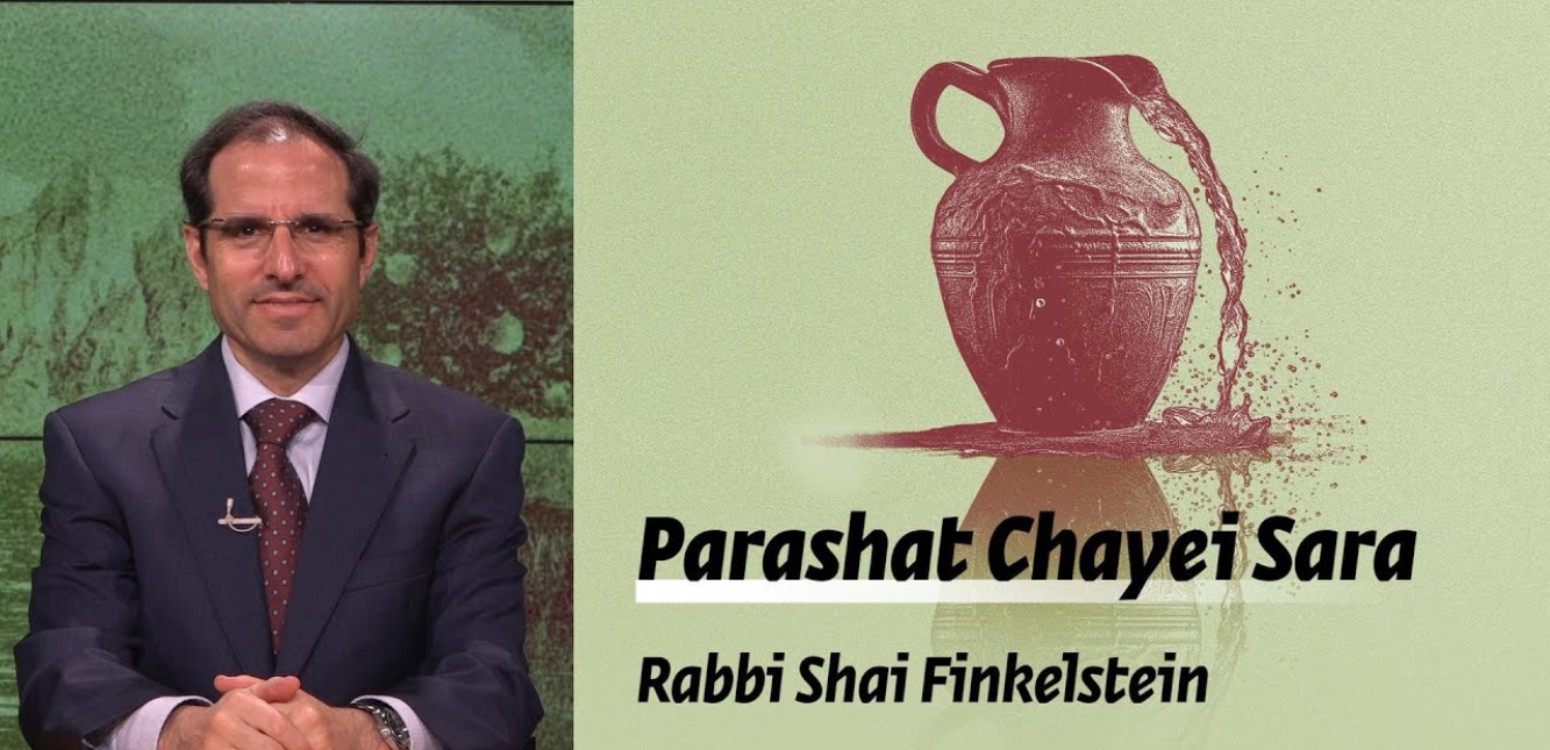
December 28, 1902 Tanchum (Anatoly) Kaplan was born to Levi Yitzchak and Sarah in the town of Rogachov, a small shtetl in the Gomel region, Russian Empire (now Belarus) on the banks of the Dniepr River.
1909-1914 Studies in cheder, a Jewish school for young children where Hebrew and religious studies were taught.
1914-1916 Studies at a local elementary school.
1916-1918 Paints signs for Rogachov shopkeepers together with friend Samuil Galkin (Shmuel Halkin) (1897-1960), who would go on to become a well-known poet in the Soviet Union.
1922-1927 Studies at the Higher Art and Technical Institute (VKhUTEIN) (Petrograd-Leningrad) under Kuzma Petrov-Vodkin, Nikolai Radlov and Arkady Rylov.
1928 Collaborates with the avant-garde OBERIU group, participates in the design of Daniil Kharms’ play Elizabeth Bam.
Late 1920’s –
Mid-1930’s Engages in various types of industrial graphics, including the production of advertising posters, trade labels, etc. By the early 1930’s, designs and illustrates children’s books. During this period, regularly visits his hometown of Rogachov, where he paints people and scenes of local life.
1934 Marries Yevgeniya (Gina) Libman. Their only child, Lyuba, is born a year later.%20copy.jpg)
1937-1940 Studies at the Leningrad Experimental Workshop where he masters the technique of lithography under celebrated graphic artist Georgy S. Vereisky. From this time, lithography becomes the most important tool for Kaplan's artistic expression. Creates Kasrilovka, his first cycle of lithographs.
1939 Accepted as a member of the Union of Soviet Artists and begins to participate in state exhibitions.
1940 Together with a group of Leningrad artists visits Riga, Chernivtsi and Chisinau, the capitals of Latvia, Bukovina and Moldova, that were then part of the U.S.S.R. Creates sketches of nature that were displayed at the “Exhibition of paintings, watercolors and drawings of Moscow and Leningrad artists" in Bialystok, August 1940.
November 1941 Kaplan’s parents and other family members murdered in the Rogachov Ghetto.
1942-1943 The Siege of Leningrad forces Kaplan, his wife and young daughter to be evacuated to the city of Chusovoy, Perm Region. Kaplan makes a number of large drawings and watercolors with images of northern nature and depictions of everyday life of Ural towns during the war. These compositions exhibited at “The Urals in the Fine Arts” (Perm [Molotov], June 1943) and “The Urals – Forge of Soviet Weapons” (Sverdlovsk, 1944) exhibitions.
1944 Returns to Leningrad after the blockade of Leningrad was
lifted.
1944-1947 Creates lithographs dedicated to the post-war revival of Leningrad. The series was greeted with great acclaim and bought by 18 state galleries.
1950-1951 Works as the chief artist of the Leningrad Art Glass Factory, with decorative and household items (vases, drinking vessels, etc.) made according to his designs. Improves the technique of stained glass production.
March 5, 1953 Death of Joseph Stalin.
1960 During his visit to Leningrad, Kaplan meets Eric Estorick, an American collector and patron whose parents emigrated from Russia to the U.S. to escape anti-Semitism in 1905. Estorick owns the Grosvenor Gallery of London and becomes an admirer and promoter of Kaplan's work.
1953-1963 Completes a series of lithographs based on Sholem Aleichem’s story The Enchanted Tailor.
Early 1960s Returns to painting, works in gouache and tempera.
1957-1961 Creates a series of lithographs based Sholem Aleichem’s Tevye the Dairyman as well as a series of color lithograph illustrations based on the Passover song Chad Gadya.
1961, 1962 First exhibition in London at the Grosvenor Gallery (Lithographs by Twenty-Seven Soviet Artists, May 1961), followed by a solo exhibition (November-December 1961) at the Grosvenor Gallery and the Bezalel National Museum in Jerusalem.
1958-1962 Creation of a series of lithographs and gouaches Jewish Folk Songs and Sholem Aleichem’s Song of Songs.
1962-1963 Creates a series of works (gouache and tempera) based on the vocal cycle of Dmitri Shostakovich’s From Jewish Folk Poetry.
1963-1967 Works on a series of lithographs based on Sholem Aleichem's novel Stempenyu.
1965-1970 Creates a series of lithographs for Sholem Aleichem’s Tales for Jewish Children.
1966-1967 Creates lithographs Mendele Moykher-Sforim’s (Sholem Yankel Abramovich’s) Fishke the Lame and the stories of Y. L. Peretz.
Late 1960s-1970s Works in ceramics, creates decorative and ritual objects, and ceramic sculptures based on Nikolai Gogol’s The Dead Souls and Inspector General as well as Isaac Babel’s Odessa Tales.
1970’s Begins to create artwork in pastel. In total, Kaplan creates 400 pastel paintings in the last decade of his life, each sheet filled with memories of his youth or other favorite subjects.
1976 Works on a second series for Fishke the Lame in drypoint.
1977 Creates a second version for Dmitri Shostakovich’s From Jewish Folk Poetry in drypoint.
1975-1980 Works in charcoal and slate pencil and repeatedly returns to his childhood memories of Rogachov.
July 3, 1980 Dies in Leningrad.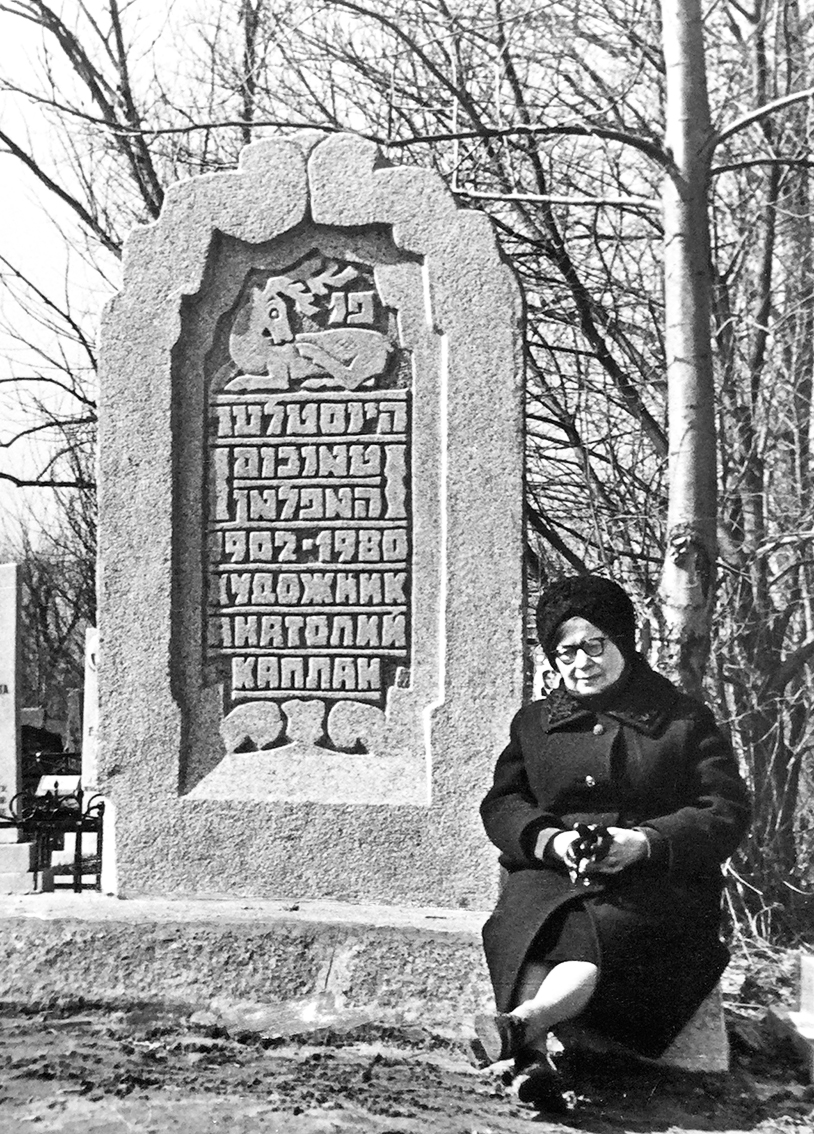
Exhibitions
1961 Grosvenor Gallery, London.
1962 Bezalel National Museum, Jerusalem.
1962 Galleria “Le Art Enciennes”, Torino.
1964 Bildergalerie “Kupferstich-Kabinett”, Dresden.
1967 Municipal Gallery, Liberec; Gallery on Charles Square, Prague.
1968 Pucker-Safrai Gallery, Boston.
1971 Kunstausstellung, Leipzig.
1972 Galleria Prisma, Verona.
1972 Deutscher Kulturbund Hoyeswerda, Otto-Grotewohl-Klub, Dresden.
1972 The Jewish Museum, New York City.
1976 Klubgalerie, Magdeburg.
1977 Kleine Galerie des Kulturbundes der DDR, Dresden.
1979 Bildergalerie “Kupferstich-Kabinett” Dresden.
1980 Dum umĕni mĕsta Brna, Brno.
1982 Pucker-Safrai Gallery, Boston.
1982 Russian Images, Ltd., Pittsburg.
1989 Museum der bildenden Künste, Leipzig.
1990 International Images, Ltd., Sewickley.
1992 A.R.T. POINT, Dresden.
1994 Russian National Library, Saint Petersburg.
1995 The State Russian Museum, Saint Petersburg.
2003 Petersburg Judaica, Saint Petersburg.
2007 The Pushkin State Museum of Fine Arts, Moscow.
2007 The State Russian Museum, Saint Petersburg.
2012 The State Tretyakov Gallery, Moscow.
2012 Garage Museum of Contemporary Art, Moscow.
2013 Kirov Museum of Art, Kirov.
2013 State Art Museum, Gomel, Belarus.
2015 The Jewish Museum and Tolerance Center, Moscow.
2017 Minsk State Art Museum, Minsk.
2019 Grand Choral Synagogue Gallery, Saint Petersburg.
2021 Grand Choral Synagogue Gallery, Kaliningrad.
Also at Beit Avi Chai



